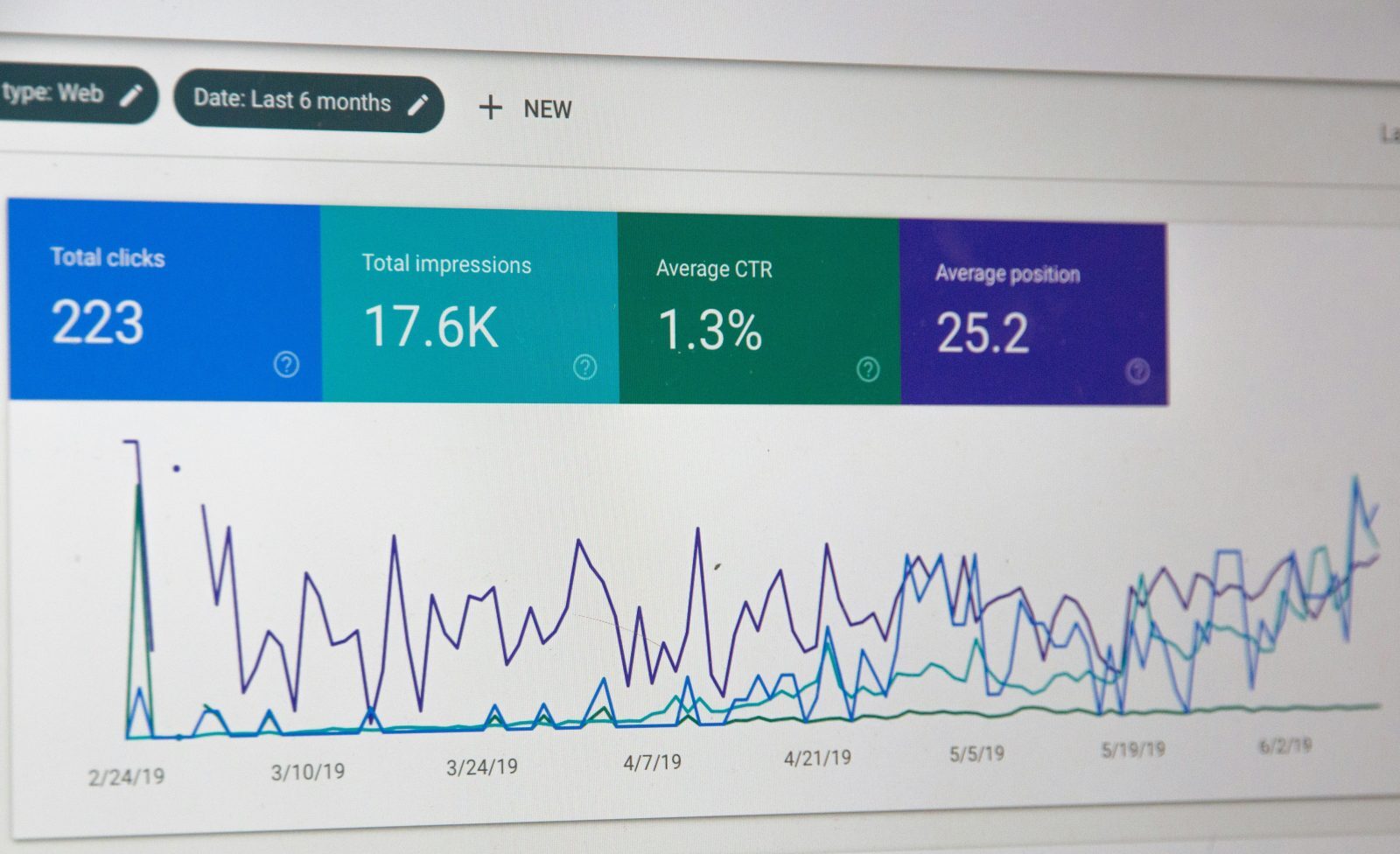The Most Important Marketing Metrics For Your Brand
There are a lot of metrics out there that don’t always give you the full picture of your performance. Some are ‘vanity’ metrics, designed to give you the face value figures of how your content is performing, but don’t translate into any meaningful business results. You can have all the likes in the world, but if they’re not converting into purchases or moving further down the funnel, they aren’t producing tangible results or value for your brand. However, seeing as these are usually the first metrics we see, it’s easy to get side-tracked by them and base our judgement of performance on these initial figures.
With that said companies that take a more insightful and strategic data-driven approach to these metrics tend to get more out of their analytics. According to McKinsey & Company, data-driven organisations are 23 times more likely to acquire customers, six times as likely to retain customers, and 19 times more likely to be profitable as a result of leveraging data-driven marketing. For this reason, we’ve put together a list of key metrics for you to consider measuring to make the most of your marketing efforts. Hopefully, by the end of this article, you’ll have a comprehensive understanding of the essential metrics that can drive your marketing success and how to apply them in your strategies.
Impressions
You’ve likely seen impressions pretty high up on the list of metrics immediately available to you within your analytics results, and it’s always a good place to start when it comes to analysing data from your campaign. Impressions refer to the number of times your content is displayed and put in front of your audience, regardless of whether it is clicked. So, each time your ad or piece of content is shown on someone’s feed or screen, it counts as an impression.
This is a metric of considerable importance as it tells you how visible your brand is to potential customers within your audience, which will ultimately help you build out a strategy to optimise your brand recognition and awareness. Having a high number of impressions can help increase familiarity with your brand, and can also lead to greater trust and loyalty among your audience. For this reason, it’s one of the metrics we consider to be one of the most important to take into account from the get-go.
Reach
Reach is the total number of unique users who have seen your content. Whilst this may not sound too different from impressions, reach focuses more on the distinct number of individuals who were exposed to your content. Where impressions count multiple views by the same user, reach measures the breadth of your audience and how many potential customers are seeing your marketing campaign.
Reach is an easily accessible metric, and should be instantly available to your brand on most platforms. Higher reach means that more unique individuals are coming across your brand, which can be particularly valuable when launching a new product or campaign as it helps gauge the initial impact and penetration of your marketing efforts.
Click-Through Rate (CTR)
Now we’re starting to get into some of the crucial metrics that truly indicate how effective your content is at encouraging users to take action. Your CTR measures the percentage of people who decide to click the link in your Call To Action out of the total number of people who viewed it. CTR is calculated by dividing the number of clicks by the number of impressions, and then multiplying that number by 100 to get a percentage.
This is a must-have metric for any brand looking to dig deeper into the performance of its content. A high CTR may suggest that your content is doing a great job of influencing your audience to learn more about what you’re offering. A low CTR may indicate that your content needs work in terms of being more engaging or better targeted. Optimising your CTR can lead to increased traffic, higher conversion rates, and better ROI on your overall marketing spend.
Bounce Rate
Don’t let your audience ricochet! Your website is meant to draw people in, so if your audience got as far as seeing your content, clicking through, and bouncing when they came to your website, clearly there’s a problem. Bounce rate can simply be understood as the percentage of visitors who navigate away from your website after viewing only one page, which is a critical indicator of user engagement and content relevance, but can also tell you a story about the design and functionality of your website.
If you notice a high bounce rate, it could suggest several potential issues with your approach. A high bounce rate could be down to the user experience, meaning that visitors are not finding what they are looking for in an efficient and accessible way. It could also mean that your content might not be relevant or engaging enough to encourage further exploration of your site or service. You should also consider your SEO impact, as search engines may interpret a high bounce rate as a sign that your website isn’t providing valuable content which will ultimately negatively impact your search rankings. For these reasons, it’s important to act quickly on your bounce rate metrics.
Customer Acquisition Cost (CAC)
Yep, the acronym sounds hilarious, we know - definitely in stark contrast to how important this metric is for analysing your bottom line and financial planning! Customer acquisition cost is how you measure the total costs of acquiring a new customer, which includes all expenses related to marketing and sales within a specific period. There’s a quick formula you can use to calculate this, simply sum up all of the costs associated with customer acquisition and divide it by the number of new customers acquired in that period. Ta-da!
Budgeting and financial planning will be a breeze with this formula. It will help you understand how efficient your marketing and sales strategies are, and to make it easier, there’s a rule of thumb to bear in mind. A lower CAC indicates that a company is spending less to acquire each customer, which is good for profitability. A high CAC means that there is room for optimisation within your acquisition efforts. Overall, a well-managed CAC ensures that customer acquisition is cost-effective and positively contributes to your company’s bottom line.
Return On Marketing Investment (ROMI)
ROMI is another important measure of the profitability of your marketing campaigns, making it a very crucial metric to keep on top of. It is an assessment of the revenue generated from your marketing activities, relative to the costs invested in them. Again, we’ve got a handy formula for you here: ROMI = Revenue Attribution to Marketing/Marketing Costs x 100
This formula will determine the effectiveness of your campaign when it comes to generating revenue. If your ROMI is positive, it indicates that your campaign is yielding more revenue than the cost incurred, which is important when it comes to justifying marketing expenditures and strategies. So, this metric is of considerable relevance when it comes to optimising your marketing efforts and allocating resources to the most effective channels and tactics. So, the higher the ROMI, the better the profitability of the campaign.
It’s important to note that this is not an exhaustive list, but it is a general guideline of the important metrics to bear in mind when setting up your marketing campaign. Some of these metrics consider your bottom line and give you options to re-strategise your approach, and some of them are more content-level metrics that give you a direct analysis of the assets you are putting in front of your audience. Above all, these metrics apply to various stages throughout the marketing funnel, and it’s important to recognise each one of them for their merits given what they can tell you about what you need to improve, as well as what’s going well already. To learn more about how we can help you with your marketing campaigns, get in touch with us today so we can supercharge your marketing narratives.

